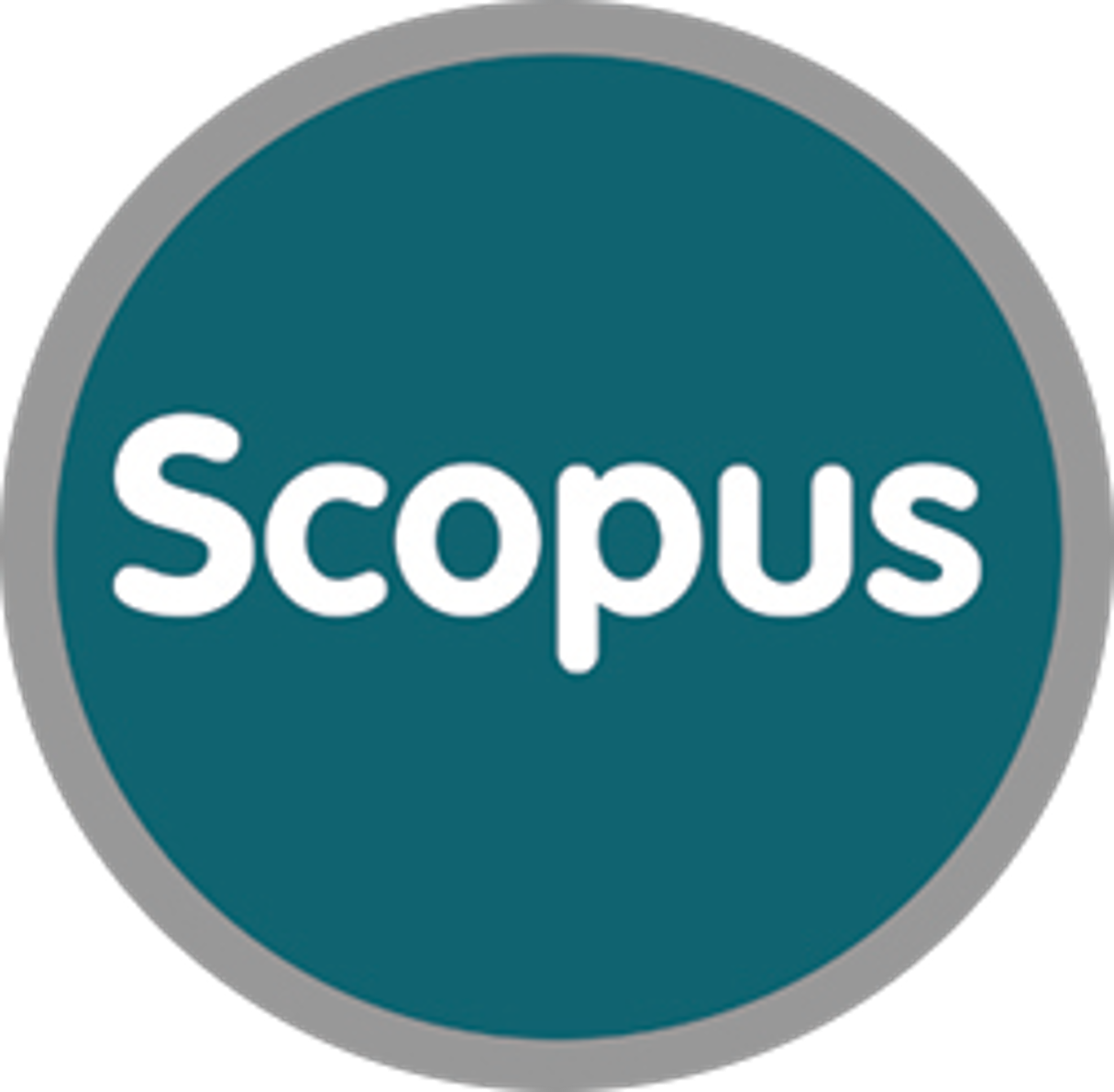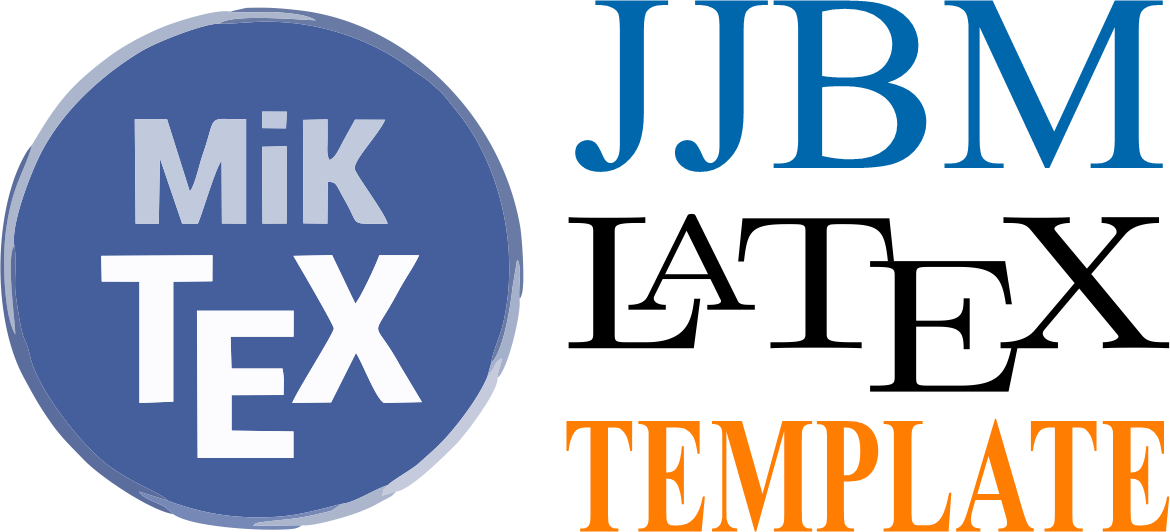Mathematical Modelling of Drug Abuse Reduction Strategies taking into account the Treatment Type and Risks Level
Abstract
Keywords
Full Text:
PDFReferences
S. Fazel, A. Wolf, Z. Chang, H. Larsson, G. M. Goodwin, and P. Lichtenstein, "Depression and violence: A swedish population study" The Lancet Psychiatry, vol. 2, no. 3, pp. 224-232, 2015. DOI: 10.1016/S2215-0366(14)00128-X
J. D. Hawkins, J. M. Jenson, R. F. Catalano, and D. M. Lishner, "Delinquency and drug abuse: Implications for social services" Social Service Review, vol. 62, pp. 258-284, 1988. DOI: 10.1086/644546
J. Kraus, "Juvenile drug abuse and delinquency: Some differential associations" British Journal of Psychiatry, vol. 139, no. 5, pp. 422-430, 1981. DOI: 10.1192/bjp.139.5.422
O. Oladeinde, D. Mabetha, R. Twine, J. Hove, M. Van Der Merwe, P. Byass, S. Witter, K. Kahn, and L. D'Ambruoso, "Building cooperative learning to address alcohol and other drug abuse in Mpumalanga, south Africa: a participatory action research process" Global Health Action, vol. 13, no. 1, 2020.DOI: 10.1080/16549716.2020.1726722
J. B. H. Njagarah and F. Nyabadza, "Modelling the role of drug barons on the prevalence of drug epidemics" Mathematical Biosciences and Engineering, vol. 10, no. 3, pp. 843-860, 2013.DOI: 10.3934/mbe.2013.10.843
C. J. A. Morgan, L. A. Noronha, M. Muetzelfeldt, A. Fielding, and H. V. Curran, "Harms and benefits associated with psychoactive drugs: Findings of an international survey of active drug users" Journal of Psychopharmacology, vol. 27, no. 6, pp. 497-506, 2013.DOI: 10.1177/0269881113477744
R. K. Chandler, B. W. Fletcher, and N. D. Volkow, "Treating drug abuse and addiction in the criminal justice system: improving public health and safety" JAMA, vol. 301, no. 2, pp. 183-190, 2009. DOI: 10.1001/jama.2008.976
R. C. Teeple, J. P. Caplan, and T. A. Stern, "Visual hallucinations: Differential diagnosis and treatment" Primary Care Companion to the Journal of Clinical Psychiatry, vol. 11, no. 1, pp. 26-32, 2009. DOI: 10.4088/PCC.08r00673
United Nations International Drug Control Programme, in Global Overview: Drug Demand Drug Supply. World Drug Report 2021 (United Nations publication, Sales No. E.21.XI.8), 2021.
K. Bao, "An elementary mathematical modeling of drug resistance in cancer" Mathematical Biosciences and Engineering, vol. 18, no. 1, pp. 339-353, 2020.DOI: 10.3934/MBE.2021018
N. Mondal, K. Chakravarty, and D. C. Dalal, "A mathematical model of drug dynamics in an electroporated tissue" Mathematical Biosciences and Engineering, vol. 18, no. 6, pp. 8641-8660, 2021.DOI: 10.3934/mbe.2021428
C. P. Bhunu and S. Mushayabasa, "Assessing the effects of drug misuse on hiv/aids prevalence" Theory in Biosciences, vol. 132, no. 2, pp. 83-92, 2013.DOI: 10.1007/s12064-012-0171-2
J. Mushanyu, F. Nyabadza, and A. G. R. Stewart, "Modelling the trends of inpatient and outpatient rehabilitation for methamphetamine in the western cape province of south africa" BMC Research Notes, vol. 8, no. 1, 2015. DOI: 10.1186/s13104-015-1741-4
J. Mushanyu, F. Nyabadza, G. Muchatibaya, and A. G. R. Stewart, "Modelling drug abuse epidemics in the presence of limited rehabilitation capacity" Bulletin of Mathematical Biology, vol. 78, no. 12, pp. 2364-2389, 2016.DOI:10.1007/s11538-016-0218-5
M. Ma, S. Liu, and J. Li, "Does media coverage influence the spread of drug addiction?" Communications in Nonlinear Science and Numerical Simulation, vol. 50, pp. 169-179, 2017.DOI: 10.1016/j.cnsns.2017.03.002
P. Liu, L. Zhang, and Y. Xing, "Modelling and stability of a synthetic drugs transmission model with relapse and treatment" Journal of Applied Mathematics and Computing, vol. 60, no. 1-2, pp. 465-484, 2019. DOI: 10.1007/s12190-018-01223-0
J. Mushanyu and F. Nyabadza, "A risk-structured model for understanding the spread of drug abuse" International Journal of Applied and Computational Mathematics, vol. 4, no. 2, 2018.DOI: 10.1007/s40819-018-0495-9
P. Driessche and J. Watmough, "Reproduction numbers and subthreshold endemic equilibria for compartmental model of disease transmission" Mathematical Biosciences, vol. 180, pp. 29-48.DOI: 10.1016/s0025-5564(02)00108-6
K. O. Okosun and O. D. Makinde, "A co-infection model of malaria and cholera diseases with optimal control" Mathematical Biosciences, vol. 258, pp. 19-32, 2014.DOI: 10.1016/j.mbs.2014.09.008
K. O. Okosun, "Optimal control analysis of hepatitis c virus with acute and chronic stages in the presence of treatment and infected immigrants" International Journal of Biomathematics, vol. 7, no. 2, 2014. DOI: 10.1142/S1793524514500193
G. T. Tilahun, O. D. Makinde, and D. Malonza, "Co-dynamics of pneumonia and typhoid fever diseases with cost effective optimal control analysis" Applied Mathematics and Computation, vol. 316, pp. 438-459, 2018. DOI: 10.1016/j.amc.2017.07.063
L. S. Pontryagin, V. G. Boltyanskii, R. V. Gamkrelidze, and E. F. Mishechenko, in The Mathematical Theory of Optimal Processes. New York/London. John Wiley and Sons., 1962. DOI: 10.1002/zamm.19630431023
DOI: https://doi.org/10.34312/jjbm.v4i1.19316
Copyright (c) 2023 Cicik Alfiniyah, Anisa Puspitasari, Fatmawati Fatmawati

This work is licensed under a Creative Commons Attribution-NonCommercial 4.0 International License.
Jambura Journal of Biomathematics (JJBM) has been indexed by:
EDITORIAL OFFICE OF JAMBURA JOURNAL OF BIOMATHEMATICS |
 | Department of Mathematics, Faculty of Mathematics and Natural Science, Universitas Negeri Gorontalo Jl. Prof. Dr. Ing. B. J. Habibie, Moutong, Tilongkabila, Kabupaten Bone Bolango 96554, Gorontalo, Indonesia |
 | Email: editorial.jjbm@ung.ac.id |
 | +6281356190818 (WA Only) |
 | Jambura Journal of Biomathematics (JJBM) by Department of Mathematics Universitas Negeri Gorontalo is licensed under a Creative Commons Attribution-NonCommercial 4.0 International License. Powered by Public Knowledge Project OJS. |
















